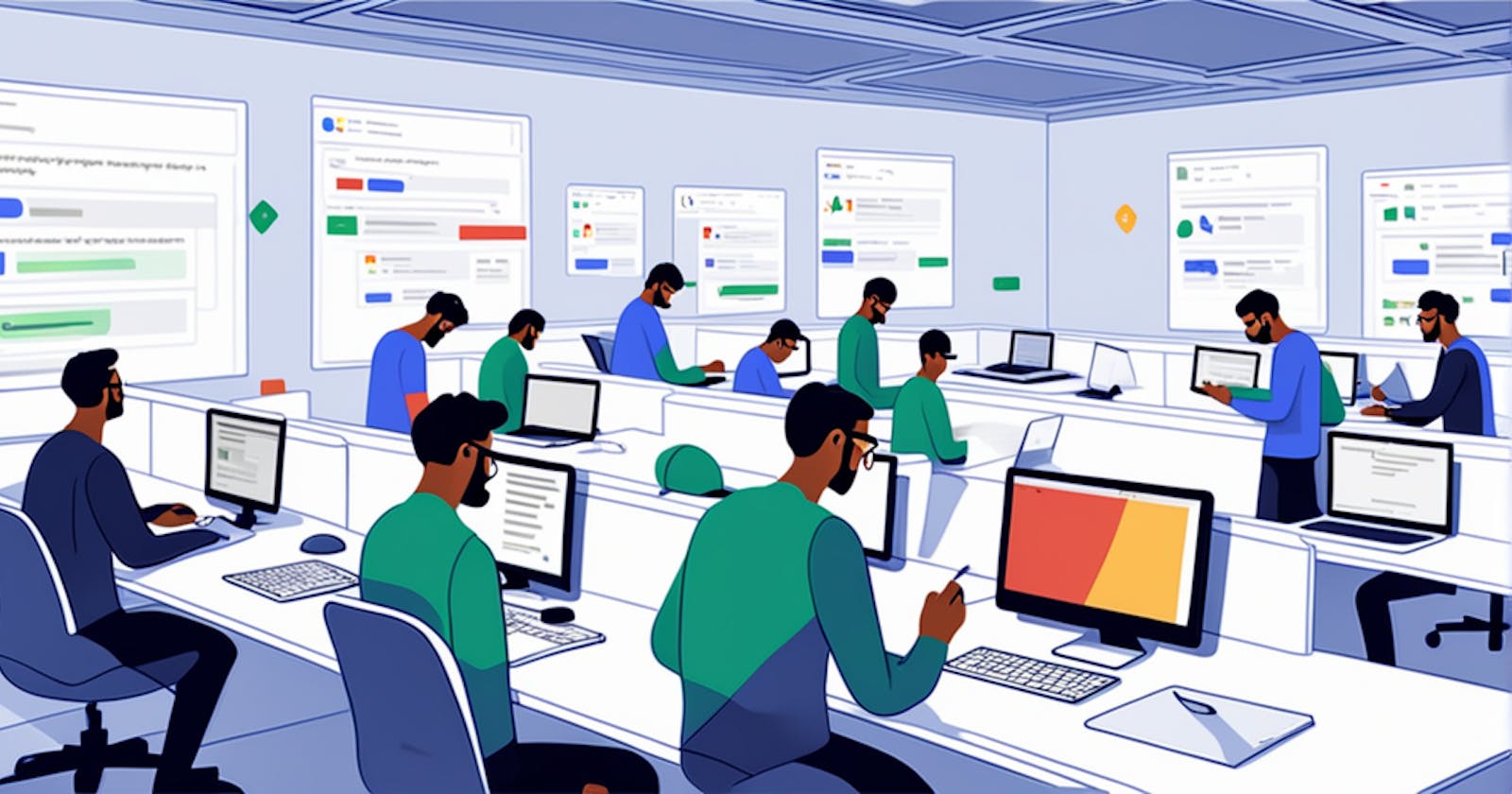Legacy Code Refactoring Success Stories

Legacy code is code that has been around for a long time and is often difficult to understand, maintain, and extend. It can be a major obstacle to innovation and productivity for software teams.
Refactoring is the process of improving the internal structure of a software system without changing its external behavior. It can be used to make legacy code more readable, maintainable, and extensible. Refactoring can be a daunting task, but it can also be very rewarding.
Benefits of Refactoring Legacy Code
There are many benefits to refactoring legacy code, including:
Improved performance and scalability: Refactoring can improve the performance and scalability of code by removing bottlenecks and optimizing algorithms.
Reduced technical debt: Refactoring can help to reduce technical debt by making code more readable, maintainable, and extensible.
Improved developer productivity: Refactored code is easier to understand and maintain, which can lead to improved developer productivity.
Increased code quality: Refactoring can help to improve the overall quality of code by making it more consistent, well-organized, and bug-free.
Challenges of refactoring legacy code
Refactoring legacy code can be a challenging task. Some of the challenges include:
Complexity: Legacy code can be very complex, which can make it difficult to understand and refactor.
Interdependencies: Legacy code often has many interdependencies, which can make it difficult to refactor one part of the code without affecting other parts.
Testing: It is important to test refactored code carefully to ensure that it still works as expected.
How to refactor legacy code successfully
Refactoring legacy code can be a challenging task, but it is important to follow a few key principles to ensure success:
Start with a plan: Before you start refactoring, it is important to have a plan. This plan should identify the specific areas of code that need to be refactored, as well as the desired outcomes.
Make small changes: When refactoring, it is important to make small changes. This will help to reduce the risk of introducing new bugs.
Test thoroughly: After refactoring any piece of code, it is important to test it thoroughly to ensure that it still works as expected.
Use a refactoring tool: There are a number of refactoring tools available that can help to automate the refactoring process.
Some more tips
Here are some additional tips for refactoring legacy code:
Get buy-in from stakeholders: It is important to get buy-in from stakeholders before you start refactoring legacy code. This will help to ensure that the refactoring effort is supported and that the desired outcomes are achieved.
Use a staging environment: It is important to use a staging environment when refactoring legacy code. This will allow you to test your changes before they are deployed to production.
Communicate with your team: It is important to communicate with your team throughout the refactoring process. This will help to keep everyone informed of your progress and to identify any potential problems early on.
Real-world Examples
Google has refactored its legacy code over many years. One notable example is the refactoring of the Google Search engine. The original Google Search engine was written in Python, but it quickly became too complex and difficult to maintain. Google engineers decided to refactor the engine in C++, which is a more efficient language for large-scale systems.
The refactoring process took several years, but it was ultimately a success. The new Google Search engine is now written in C++ and is much faster and more scalable than the original engine.
Amazon
Amazon has also refactored a lot of its legacy code. One example is the refactoring of the Amazon Web Services (AWS) platform. AWS is a cloud computing platform that offers a wide range of services, such as computing, storage, and networking.
The original AWS platform was written in a variety of languages, but this made it difficult to maintain and extend. Amazon engineers decided to refactor the platform in Java, which is a more unified language.
The refactoring process took several years, but it was ultimately a success. The new AWS platform is now written in Java and is much easier to maintain and extend.
Netflix
Netflix has also refactored a lot of its legacy code. One example is the refactoring of the Netflix streaming platform. The original Netflix streaming platform was written in Perl, but this language was not well-suited for large-scale streaming applications.
Netflix engineers decided to refactor the platform in Scala, which is a more modern and scalable language. The refactoring process took several years, but it was ultimately a success. The new Netflix streaming platform is now written in Scala and can handle the huge volume of traffic that Netflix receives every day.
Conclusion
Refactoring legacy code can be a daunting task, but it is also very rewarding. By refactoring legacy code, organizations can improve the quality of their software, reduce technical debt, and make their code more maintainable and extensible.
When refactoring legacy code, it's important to test regularly to catch any potential issues before they become bigger problems. It's also helpful to involve other team members in the process to get different perspectives and ideas.
By taking a collaborative approach and being patient, you can ensure that your code is not only functional but also maintainable and scalable. Ultimately, the effort put into refactoring will pay off in the form of more efficient and effective software.
And that's it for today. See you soon in the next article. Until then, keep developing solutions and solving problems.
 Develop and Solve
Develop and Solve